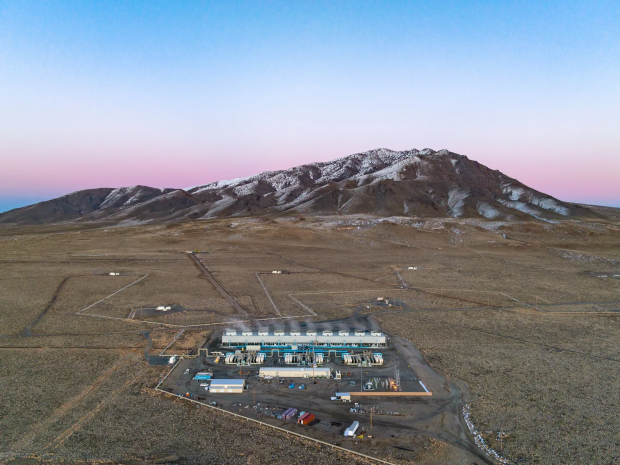
Breaking News
 Engineered backdoors in technology, have given intelligence agencies unfettered powers.
Engineered backdoors in technology, have given intelligence agencies unfettered powers.
 AI-Powered Robots Plant Trees in China's Deserts
AI-Powered Robots Plant Trees in China's Deserts
 Judge Temporarily Blocks DOJ From Using Evidence Proving James Comey's Guilt
Judge Temporarily Blocks DOJ From Using Evidence Proving James Comey's Guilt
 Offer Royale: Paramount-Netflix Bidding War For Warner Bros Heats Up In A Blockbuster Showdown
Offer Royale: Paramount-Netflix Bidding War For Warner Bros Heats Up In A Blockbuster Showdown
Top Tech News
 Build a Greenhouse HEATER that Lasts 10-15 DAYS!
Build a Greenhouse HEATER that Lasts 10-15 DAYS!
 Look at the genius idea he came up with using this tank that nobody wanted
Look at the genius idea he came up with using this tank that nobody wanted
 Latest Comet 3I Atlas Anomolies Like the Impossible 600,000 Mile Long Sunward Tail
Latest Comet 3I Atlas Anomolies Like the Impossible 600,000 Mile Long Sunward Tail
 Tesla Just Opened Its Biggest Supercharger Station Ever--And It's Powered By Solar And Batteries
Tesla Just Opened Its Biggest Supercharger Station Ever--And It's Powered By Solar And Batteries
 Your body already knows how to regrow limbs. We just haven't figured out how to turn it on yet.
Your body already knows how to regrow limbs. We just haven't figured out how to turn it on yet.
 We've wiretapped the gut-brain hotline to decode signals driving disease
We've wiretapped the gut-brain hotline to decode signals driving disease
 3D-printable concrete alternative hardens in three days, not four weeks
3D-printable concrete alternative hardens in three days, not four weeks
 Could satellite-beaming planes and airships make SpaceX's Starlink obsolete?
Could satellite-beaming planes and airships make SpaceX's Starlink obsolete?
Google switches on first-of-its-kind advanced geothermal project

Where most geothermal projects need to seek out areas where highly-fractured, highly-permeable hot rocks are easy to get to, the Nevada plant, built in partnership with Fervo, is a pilot to prove a technique borrowed from the oil and gas industry.
As we wrote when Fervo announced its test results in July, the idea is to do for geothermal what fracking did for oil and gas, opening up resources that would otherwise be inaccessible. The company does this by drilling horizontally into deep rock, then injecting pressurized fluid to fracture the rock, creating the kind of fractured, permeable rock you need to harvest geothermal heat energy.
It's a technique Fervo says can also help get a lot more out of an existing resource, and it radically reduces one of the biggest risks in geothermal energy: the risk of drilling way down into subterranean resources and finding they're not usable.
The Nevada plant makes a constant 3.4 megawatts of energy, bringing water up from 3,250-ft-long (990-m) horizontal bores some 8,000 ft (2,440 m) below the surface, at temperatures up to 191 °C (376 °F).
Google originally saw this project as a way to do two things. Firstly, to advance its own progress toward its stated goal of operating solely on clean energy by 2030. And secondly, as a way to give Fervo a commercial jump-start – a proof of concept it could use to accelerate the uptake of advanced geothermal.
And maybe on the second goal, it's made an impressive start. In September, Fervo broke ground on another, much larger project in Utah. The Cape Station project, scheduled for grid connection in 2026 and full-scale power production by 2028, scales things up considerably. It's aiming to produce around 400 MW of energy around the clock.

 First totally synthetic human brain model has been realized
First totally synthetic human brain model has been realized Mach-23 potato gun to shoot satellites into space
Mach-23 potato gun to shoot satellites into space

